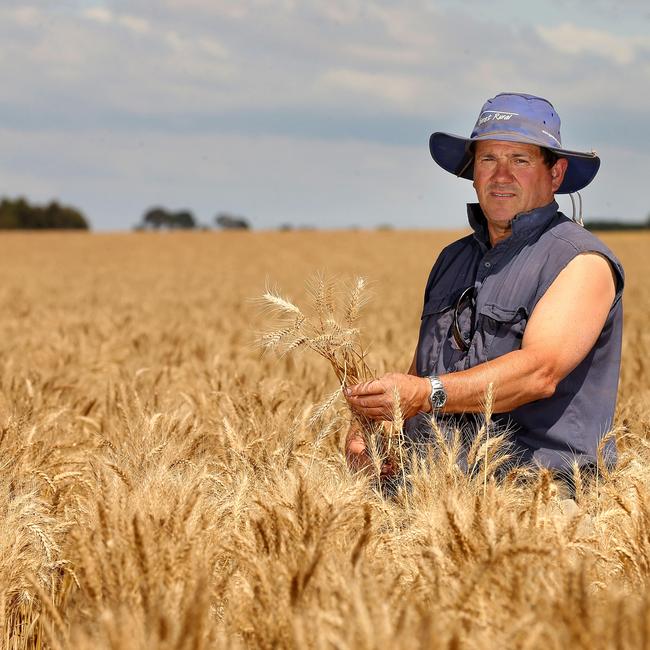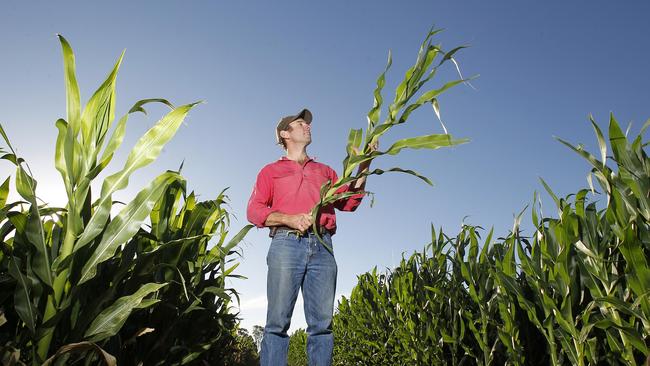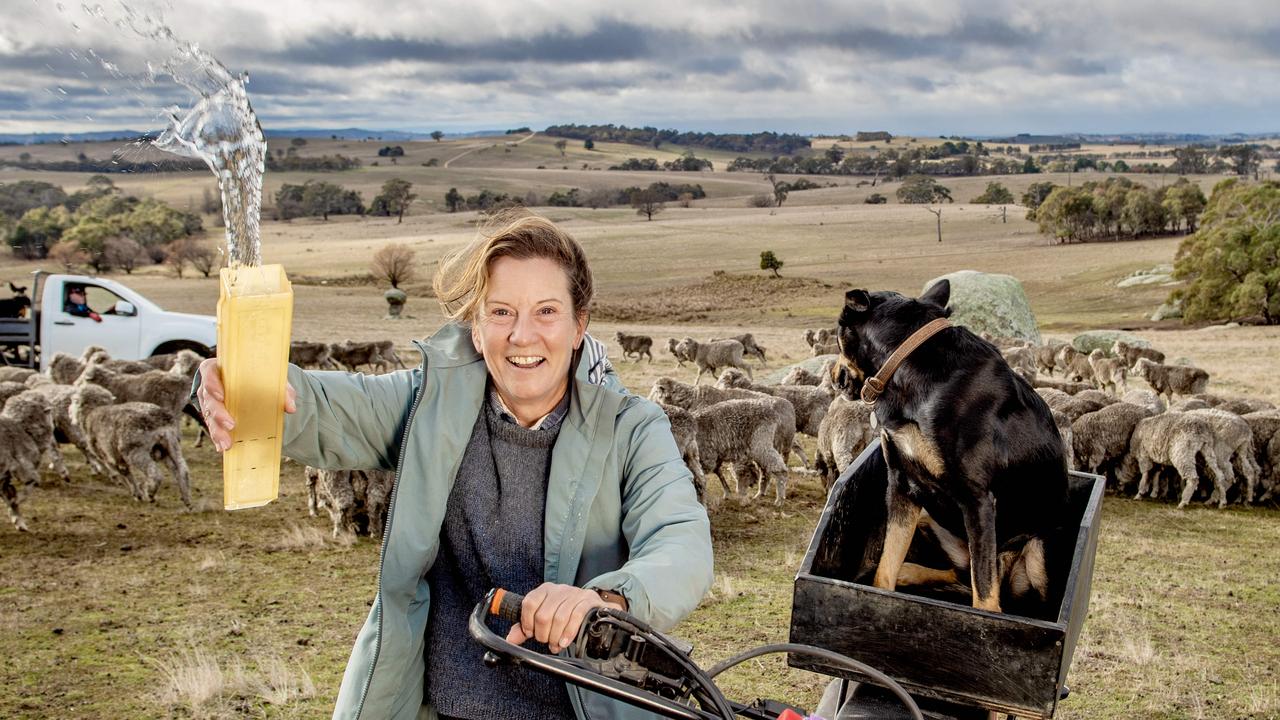All eyes are on cropping yields after tough seasonal conditions
Headers are in the paddock after what farmers have described as a tough season, as the latest rainfall figures are released.
Harvest results will show the true extent of what has been labelled a tough season marred by dry conditions, frost and hail.
October rainfall at Dederang was 73mm, Moe 72mm, Strathbogie 68mm, Maffra 64mm, Wangaratta 54mm and Kyneton 46mm.
In the Western District, conditions continue to be tough for farmers, with many hand-feeding livestock.

Graeme McCrow of Westmere said he cut a third of his wheat for hay after the frost in September.
Windrowing of canola crops started this week and he was expecting yield losses of up to 50 per cent due to frost damage.

John Bruce farms at Barooga in southern NSW, where he grows dryland and irrigated wheat, canola, and barley. He planned to start harvesting later this week.
“We have had about 200mm of rain for the year, and we have used up any soil moisture that was available,” he said.
Nearby, Lachie Danckert said canola was being windrowed, and hay was being cut and baled.
He said there was one massive rain event three weeks ago when 49mm was recorded in one day.
With harvest kicking off, farmers were keeping an eye on prices as canola increased to $800/tonne. However, wheat was subdued at $342/tonne, and lentils have fallen by $100 in recent weeks, trending at $890/tonne.
Livestock producers have also watched some of the impetus leave the market with the National Trade Lamb Indicator falling 3.78c/kg in the past week to trend at 811.07.
The Eastern States Young Cattle Indicator has settled at 622.02c/kg, dropping 10.30c/kg in the past week.
Darraweit Guim farmer Tom McDonnell said their yearly rain had dropped by about 20 per cent, but a drier winter suited their cropping operation. He will begin windrowing canola in the next week.
“We’ve had a better season here than a lot of others, central Victoria has probably had the better season,” he said.

Meanwhile, an analysis of year-to-date rainfall shows northern Australia leading the seasonal charge with just two months of the year remaining, with parts of South Australia faring the worst.
The Northern Territory centres of Victoria River Downs and Tennant Creek have received double their annual average rainfall totals with 1405mm and 930mm respectively. Other northern towns included Daly Waters in the Northern Territory, Camooweal and Burketown in Queensland, and Halls Creek in Western Australia have already recorded a significantly wetter-than-average year.
In southeast Australia, several centres have already surpassed their yearly average totals with West Wyalong recording 547mm for the year, or 123 per cent of its annual average, followed by Condobolin (473mm or 118 per cent), Forbes (570mm or 116 per cent) and Hillston (415mm or 115 per cent).
Among the best-positioned centres in Victoria towards the long-term average is Shepparton, which has recorded 402mm for the year so far (93 per cent).
The Bureau of Meteorology’s long-range forecast for November showed possible above-average rain in eastern Australia, warmer-than-average days, and an “unusually high minimum temperature”.
But the extra rain could miss Victoria’s cropping regions, with most of the state expecting its typical rain for the season while Echuca and Shepparton have a 65-70 per cent chance of exceeding median rainfall this month.
Most of NSW has above-average chances, particularly near Wagga Wagga and Tamworth with above 70-75 per cent for November.




